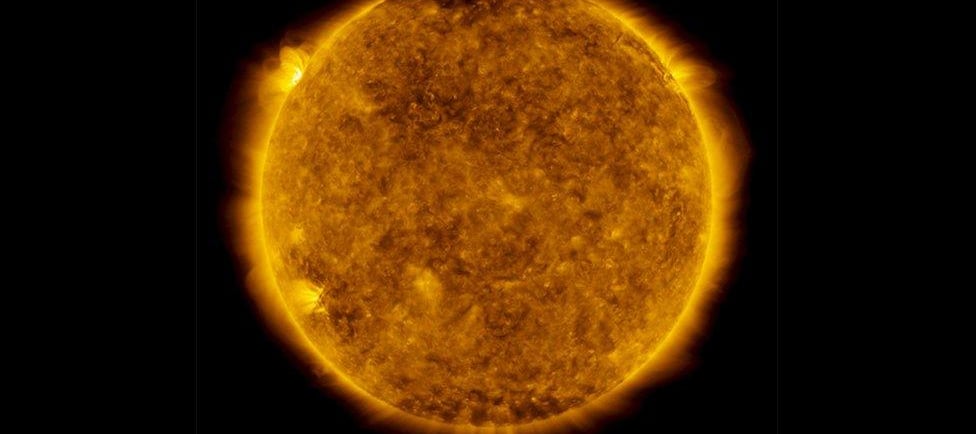The Impact of Gigantic Solar Flares and Storms


Introduction to Solar Flares
Solar flares are sudden and intense bursts of radiation emanating from the sun's surface. These occurrences are a manifestation of the sun's magnetic energy. Solar flares vary in size and can release an amount of energy equivalent to millions of hydrogen bombs. The flares are often associated with sunspots and can influence space weather significantly.
The Mechanism Behind Solar Storms
Solar storms, which include solar flares and coronal mass ejections (CMEs), originate from the sun's complex magnetic field. When magnetic field lines get twisted and tangled due to solar rotation, they can snap back suddenly, releasing vast amounts of energy. This release can propel particles into space, creating solar wind that could potentially impact Earth.
Effects of Solar Flares and Storms on Earth
The effects of gigantic solar flares and storms can be profound and far-reaching. When these solar phenomena reach Earth, they can disrupt satellite communications, GPS systems, and even power grids. For instance, the Carrington Event of 1859 was a colossal solar storm that caused widespread telegraph outages and auroras seen at lower latitudes than usual.
Additionally, during solar maximum periods, when solar activity is at its peak, the frequency of solar flares and storms increases. This can pose risks to astronauts on space missions as high-energy particles can damage the human body and equipment. Proper monitoring and forecasting of solar activity are essential to mitigate these risks.
The incredible energy output and intensity of solar flares also contribute to the beautiful auroras we see in polar regions. These natural light displays occur when charged particles from the sun collide with Earth's atmosphere, producing stunning visual effects. While breathtaking, the associated storms remind us of the sun's enormous power and the delicate balance of our solar system.
